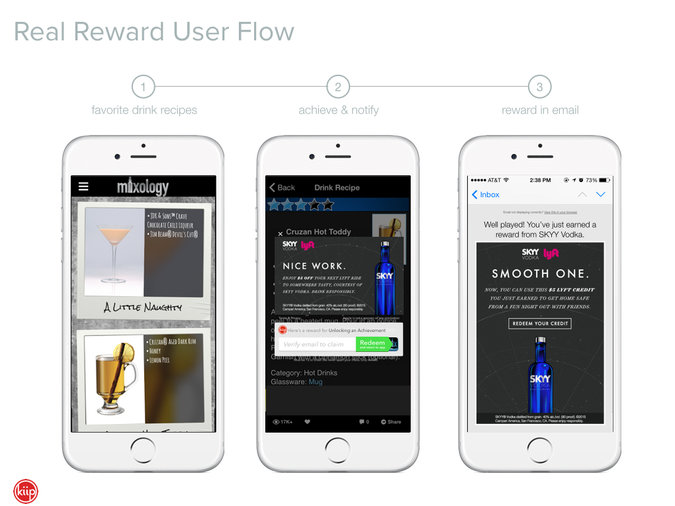Digital Marketing and E-Commerce
Published on
April 25, 2016
By Drake
Motion Graphics
Even though digital marketing and e-commerce are on the rise, some businesses are still finding it difficult to convert website visits into actual sales. There are several things a brand can do to help this, but understanding mobile commerce and how it works is one large step toward perfecting your brand’s mobile marketplace.
Here are a few interesting facts and statistics to keep in mind:
- Extremely Short User Attention Spans – The average attention span of an Internet user is only 8 seconds. (That’s shorter than a goldfish.)
- Instant Gratification Complex – Marketers need to find ways to grab the attention of a user and, more importantly, keep it!
- The Spark Note – Brevity and effectiveness are crucial.
It has truly never been harder to catch a consumer’s attention. With so many distractions, ads and other media flying at us every second, how can a brand be expected to successfully penetrate that burst of data and actually have the consumer internalize and reflect upon a brand’s message or ad? The task at hand is not an easy one, but is definitely possible.
In a recent New York Times blog post, the author of the article, Robert D. Hof, says this, “It is not just a matter of reaching people at a particular time of day.” It seems companies today are investing more time, effort, research and money into a more “marketing in the moment” approach. Keeping advertisements as useful as they are attention-getting is crucial.
![]()
In today’s digital world, there are several things a brand can focus on to help it reach current and future customers. In addition, a note for agencies stuck in the “traditional” way of doing business, mobile commerce shows zero signs of slowing down. Mobile commerce will make up 45% of total e-commerce by the year 2020. (That’s more than three times what’s expected in 2016.)
This is not just a trend, but rather a sign of a large cultural shift in how mobile business is handled and how an effective mobile marketplace will lead to social and financial growth. Millennials are a big reason why this spike in change is occurring. They use their phones as their primary device, and as they make more money, they’ll spend more, too. For the retailers, this is where brands create opportunities for people to buy.
Something all brands should keep in mind is this: Retailers like to think that people will want their app icon on their home screens, but that’s not really the case. Retailers are often eager to pour money and resources into an app, and while intentions and ideas can be great, studies show this money would have been better spent if funneled into their mobile website instead.
Optimization of the mobile marketplace is essential. Perhaps there is a negative stigma of users being pushed to download a brand’s app. A solution would be to focus on making the mobile site and user experience as seamless as possible. With services such as Apple Pay and PayPal Express that can be incorporated into retailer’s checkout pages, there are several ways a brand can work to increase its sales and improve its conversion rates.

Thanks to our phones’ smaller screens, users are often faced with unpleasant shopping experiences. These bad experiences can be traced back to a brand’s lack of attention to detail to its online marketplace. Reasons in particular range from product details being hard to find, to redundant entry fields, to a lack of relevant product pictures.
This is a problem for a few reasons. Not only is the sale not made as the customer grows more frustrated with their shopping experience, but these bad shopping experiences aren’t forgotten by customers. That frustrated customer can in turn inform others not to waste their time on the brand, which can lead to a massive decline in not only returning customers, but new ones as well.
In conclusion, a great experience makes people want to share their story. Great service, attention to detail and excellent user experience are all pieces of a successful online transaction. Simple design, clear communication and time spent on analytics have become a massive part in growing a brand’s digital marketing and e-commerce divisions.
TL;DR
Resources
Marketing in the Moments, to Reach Customers Online
The New York Times